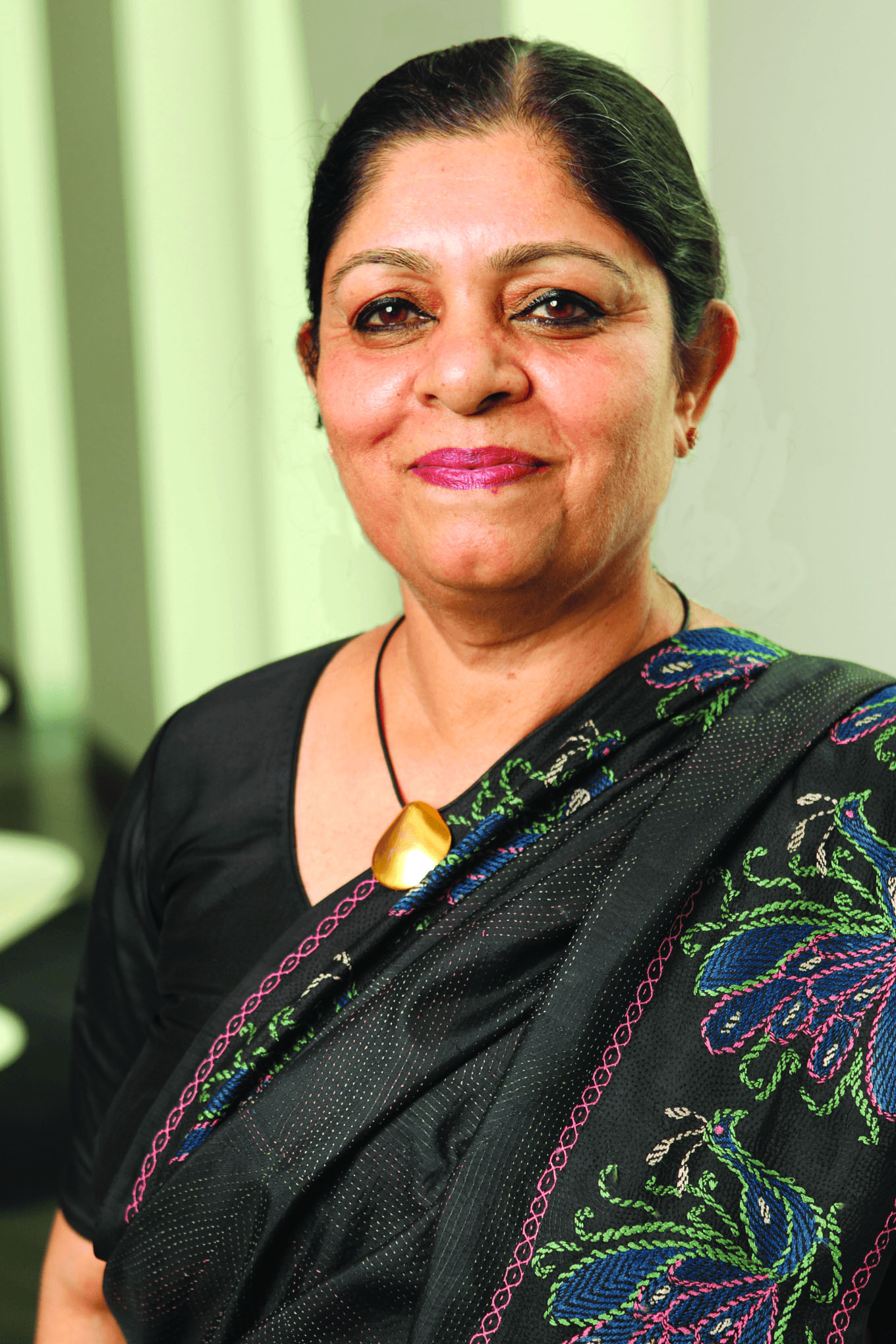India will have to make a strenuous effort to make sure its youth are healthy, educated and capable. A delay will mean they will not transform into the demographic dividend they could become

India recently overtook China to become the most populous country of the world. Ostensibly, this was due to India’s population growing at a rapid pace, and China having stabilised its rate of population growth. Citing China’s example as the country that has successfully controlled its population, there have been several calls for stricter, control-centric policies to curtail the freedom of couples to have as many children as they want.
Becoming the most populous country in the world can be a rattling experience. In March and April, I participated in numerous seminars and interviews conducted by global media, representing virtually all continents of the world. The questions that they kept asking were: What is the implication of being the most populous country of the world? Where is India headed in the next few decades? The interviews lasted longer than anticipated as journalists moved from one subject to another, from demography to resources to politics, India’s youth and the ageing population. It was one of the greatest demographic events in India, perhaps even more important than crossing the one-billion mark in 2000.
I took pains to explain that India and China are countries with distinct cultures and governance systems. India is a large democracy where although many people don’t have control over their next meal, they have control over who their elected leaders will be. India’s people will not tolerate control-centric coercive family planning measures. We realised this when coercion was briefly used during the Emergency (1975-77), targeting males for forced vasectomies. Around 6.2 million men were sterilised in one year, according to a BBC report. In his book The Sanjay Story (1978) eminent journalist the late Vinod Mehta documented the misery of males who were forced to undergo sterilisation, some even dying due to botched-up procedures or infection.
This traumatising experience remains deeply embedded in the collective psyche of India, particularly of male citizens. The share of male sterilisation in all family planning methods — temporary and permanent — is a minuscule 0.3 percent while women’s sterilisation is 37.9 percent according to the National Family Health Survey-5 (NFHS-5, 2019-21). It means women are obliged to bear the burden of child-bearing and family planning. This debacle shows that one mistake can cause long-lasting — if not permanent — damage.
Contrary to popular perception, India’s population has been stabilising slowly, and definitely. According to NFHS-5, India’s total fertility rate (TFR) is 2, i.e, at replacement level. China’s experience of following a coercive approach has landed it in a demographic crisis with a fertility rate which is lower than replacement level indicating a declining young population and a rapidly increasing older population leading to highly adverse sex ratios.
Adamantly refusing to adopt coersion, successive governments of India pursued development-focused policies and a rights-based, voluntary approach in family planning. At the same time, India focused on girls’ education and women’s socio-economic empowerment. In geographies where fertility was higher, targeted interventions such as Mission Parivar Vikas (family development) were launched. The result is that while India’s population growth and total fertility rates have slowed, this has happened gradually. As a result, India has a large population of young people, which every economy needs.
There is also sufficient evidence to show that the number of children a woman bears declines with her level of schooling. Women without schooling have an average of 2.8 children, compared with 1.8 children for women with 12 or more years of schooling, according to NFHS-5. Education is the best contraceptive — girls and women need education and skilling to make them employable.
The most important lesson for India to learn from China is that we should not have self-doubt on the family planning policy we have followed. It is development-based and endorsed by the Programme of Action of the International Conference on Population and Development, Cairo. This will help India in further stabilising its population without paying the price China may have to pay in the future. A second lesson for India is to learn from China and make timely investments in infrastructure, quality healthcare, education, professional skilling and jobs creation.
India will need to make a strenuous effort to ensure its youth are healthy, educated, empowered and capable. This is imperative, as a delay will mean a large number of young people losing opportunities and not being able to transform into the demographic dividend they could become. If India can tap their potential, our population will stabilise further and the economy will boom. The country’s youth have the energy to successfully confront all challenges, if they are empowered with education and skills. That is the way forward for India.
(An alumna of Harvard University, Poonam Muttreja is Executive Director of the Population Foundation of India)



























